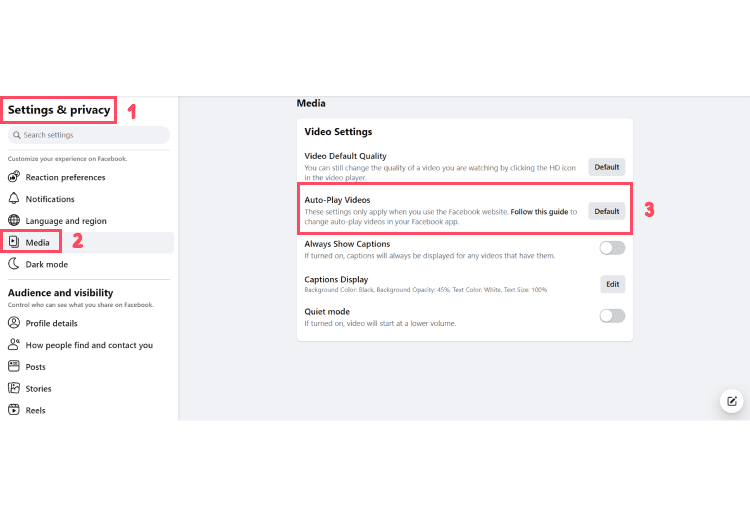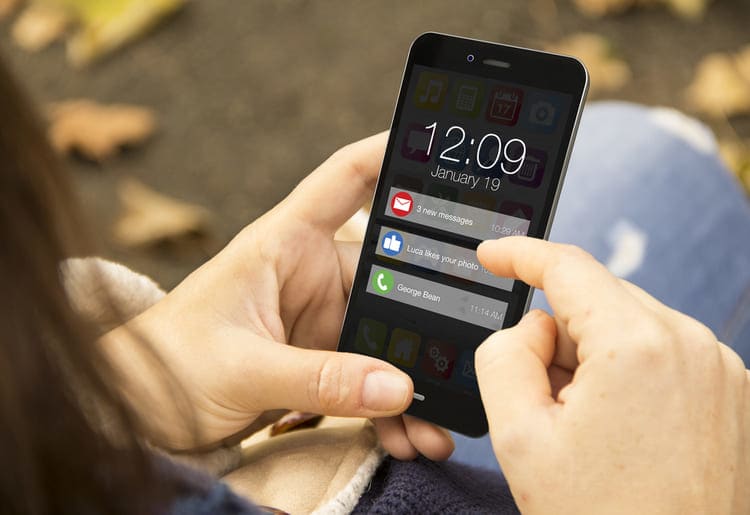In today's world, smartphones are almost extensions of ourselves, and managing data within plan limits can be challenging. With high-definition (HD) streaming and social media, it's easy to exceed data caps, leading to extra costs or slower speeds.
In this guide, I'll share some easy-to-follow tips and personal insights to help you reduce your data usage. Whether streaming, browsing, or just staying connected, these strategies will help you make the most of your data plan.
» Looking for a reliable carrier? Check out our top picks for the best cell phone plans.
Why Manage Your Data Usage?
By 2028, the average smartphone is expected to use around 46 gigabytes of data each month. This growing trend shows how important it is to manage your data usage effectively, especially if you want to save money when choosing a telecom provider. Here's why it matters:
- Cost efficiency: Exceeding your data plan can lead to additional charges. By controlling your data usage, you can avoid unexpected costs on your monthly bill.
- Optimal performance: High data usage can slow down your internet speed, specifically towards the end of your billing cycle if you're nearing your data cap.
- Data plan optimization: Understanding your data usage helps you choose the right mobile plan that aligns with your needs, ensuring you're not paying for more than you use.
To avoid these issues, opt for flexible options from providers like Ultra Mobile. With this carrier, you can tailor your plan to your specific requirements, whether you need more data for streaming or a budget-friendly package for essential use.
» Which mobile plan suits your lifestyle? Unlimited vs. pay-as-you-go.
Common Factors Contributing to High Data Consumption
Understand what eats up your mobile data to stay within your limits, whether on a prepaid or postpaid plan. Here are the common culprits of high data usage:
- Video and music streaming
- Social media apps with auto-playing videos and high-resolution images
- Frequent email syncing with large attachments
- Cloud services for backup and storage
- Background app updates and automatic software updates
- Multiplayer online gaming
- Using your mobile device as a WiFi hotspot
Note: Some carriers, such as Boost Mobile and US Mobile, include unlimited data in their higher-tier plans so you can stay connected on streaming and social media platforms without worry.

Simple Strategies to Reduce Your Data Usage
Use Offline Services
To manage how much data you use for navigation, open Google Maps while online and search for your destination. Tap "Directions," then "Start" to begin your journey. Google Maps downloads all necessary information immediately, ensuring you stay on track without using more data, even without an internet connection.
Google, Spotify, Apple, Amazon, and Pandora also allow music and video downloads for offline entertainment. The monthly fees vary, but downloading what you want so you can listen offline is the cheapest way to go.
If you frequently download music, videos, or maps for offline use, you need a mobile plan with a substantial data allowance. Companies like AT&T Mobile and Visible have packages with high or even unlimited data to help you access all the content you need without worrying about exceeding your limit.
Update Apps Over WiFi
Update your apps only via WiFi. By taking advantage of your home or work network, you can easily limit data usage while enjoying all the benefits of a powerful internet connection.
But exercise caution with public WiFi networks in places like cafes and airports to ensure your online security. These networks can be less secure, and unprotected WiFi can expose your device to risks like unauthorized access or data breaches.
Smart Settings for Lower Data Consumption
Limit Background Data
Background data, or background app refresh, allows the software to use mobile data when not actively in use. This means these programs continuously update with new information and content. To limit this on your phone, follow these steps:
- Open your device's settings.
- Navigate to "Data Usage" or "Network & Internet."
- Choose the app you want to restrict background data for.
- Toggle off the "Background Data" option.
Activate Data Saver Mode
Social media apps, including Facebook, Instagram, and Snapchat, are known for heavy data usage. They're constantly refreshing feeds, auto-playing videos, and loading high-resolution images.
To manage these apps and monitor data usage, set up alerts and enable Data Saver mode on your device. Also, consider turning on data compression in browsers like Chrome or Opera. You can find specific instructions tailored to iPhone or Android on Google or YouTube.
Alternatively, carriers like Verizon have apps that can track your data usage for you. This feature can help you stay within your data limit and avoid extra charges.
» Here's a glossary of terms before deciding on a telecom.
Disable Auto-Play on Social Media
Most social media platforms allow you to disable auto-play for videos. For example, on Facebook.com, you can turn off this feature by:
- Clicking your profile photo in the upper-right corner
- Choosing "Settings & Privacy" > "Settings"
- Selecting "Media" from the left menu
- Setting "Auto-Play Videos" to "Off."

In the Facebook app, go to "Settings & Privacy" > "Settings" > "Media" and tap "Never Autoplay Videos" under "Autoplay."
If you want to limit video streaming quality, tap the options dots in the upper-right corner, select "Settings" > "General," and check the box next to "Limit Mobile Data Usage." This ensures HD YouTube videos play only over a WiFi connection.
Restrict Push Notifications
Websites and apps use a lot of data if they constantly send push notifications. These alerts, in my opinion, are a significant annoyance on smartphones. Simply turning them off allows you to curb your phone addiction while still having access to all the apps you use.
With notifications off, you decide when to check your phone instead of constantly demanding your attention. It also limits the amount of data your phone uses.

Advanced Data Control
Use Data Management Apps
We use our phones for everything—communication, entertainment, and work. And as a result, we store a lot of personal information on them, including contacts, messages, and photos. With one in 10 US smartphone owners falling victim to phone theft and 68% never recovering their stolen devices, protecting this data is crucial.
Data management apps offer backup, restoration, and transfer features, which can help you organize your files. Additionally, they can safeguard your information with encryption and passwords.
But while these apps mainly keep your personal information safe, they can also help you reduce and manage your overall data usage in a few ways:
- WiFi for backups: They let you back up and transfer data using WiFi, saving your mobile data.
- Selective syncing: You can choose which data to sync, avoiding unnecessary mobile data use.
- Offline access: These apps allow you to access files offline, reducing the need to use data for downloading or streaming.
- Data compression: Some apps compress your files, making them smaller and quicker to upload or download.
Review App Permissions
For apps to function effectively, they often need entry to various data types on your devices. For example, a navigation app requires access to your location to provide accurate directions.
When you regulate your apps' permissions, you manage their control over data-intensive features like location services, background data syncing, and automatic updates. By limiting these permissions, you can prevent apps from using data unnecessarily, especially in the background.
Explore Data-Saving VPNs
A virtual private network (VPN) encrypts your internet connection and sends it through a server the VPN provider runs. This enhances your online privacy and security and allows you to bypass internet censorship and geo-restrictions.
However, using a VPN does count towards your smartphone or tablet's data limits, as the data travels through your internet or mobile provider's servers before reaching the VPN server.
To save data while using a VPN, consider these tips:
- Select VPNs with data compression to reduce the data you use while browsing, especially if you have a limited data plan.
- Use VPNs with ad-blocking features to lower data usage by stopping data-consuming adverts from showing up on your screen.
- Disable your VPN when not in use to prevent it from using data in the background.

Balance Data Usage With the Right Mobile Plan
I've shared some personal strategies in this guide to help you reduce data usage, including offline services and tweaking your phone's settings.
But if you’ve tried all the tips above and you’re still using too much data, it may simply be a case of needing more than your current plan offers. So, consider upgrading to a carrier with a higher monthly data limit, like Mint Mobile or Tello.
» Find out what you need to know before choosing a telecom service.

